By Quinn Cifani ‘24 Biological Sciences, Fall 2023 Archives Intern
I have spent this semester as a Mahn Center intern working with two different collections related to the Ohio University archives; the Frederick H. Krecker Collection and the William S. Romoser Collection. Dr. Krecker, a professor of biology and zoology, taught at Ohio University (OU) from 1929-1952, although his collection of studies, diagrams, data, and other items within the collection range back to his days as an instructor and researcher at Ohio State University. Dr. Romoser was a professor of biology and medical entomology at OU from 1965-2010, and his collection consists of over 1,000 photo slides documenting his work and his personal life.
As a biology major, archiving work is a bit of a deviation from the usual focus of my major. However, working with collections belonging to two Ohio University science professors has further proven that biology and archiving can intersect in interesting and instructive ways. In addition, it satisfied my need to put things in order and make sense out of confusion. Each of the collections consisted of different types of materials, and I learned about the work of these professors, as well as about the process of archiving, as I sorted through the materials.
I began with the Krecker collection, which consisted of two regular-sized Hollinger boxes, so that I could be introduced to archiving work and understand the practices and strategies that I would need in order to organize the larger and more recent Romoser collection later on during the semester. The Krecker collection, which was already somewhat ordered, consists of papers, notebooks, and pamphlets with information about Ohio State University’s (OSU) student summer science program on Lake Erie, OU’s zoology department and its biology and zoology clubs, as well as his membership in the Ohio Academy of Science. The collection also includes Dr. Krecker’s experiments with regeneration and neoblasts, studies about the plant and invertebrate life of Lake Erie, and laboratory procedures, among other scientific endeavors.
Learning about OSU’s lake laboratories was of particular interest to me because of my personal connection to the topic. The OSU Stone Laboratory, on Gibraltar Island in Lake Erie, is the location of OSU’s summer aquatic biology program. As a former marine and aquatic biology major, I once briefly considered attending OSU just to work at that laboratory; which I learned about several years ago as I was kayaking on the lake with my family and happened to see the laboratory as we passed Gibraltar Island. Overall, this collection is important because it provides important insight into the way that science was studied and taught during the first half of the 20th century, with a wide range of materials from Dr. Krecker’s studies of invertebrates and regeneration in southwest Ohio and Lake Erie.
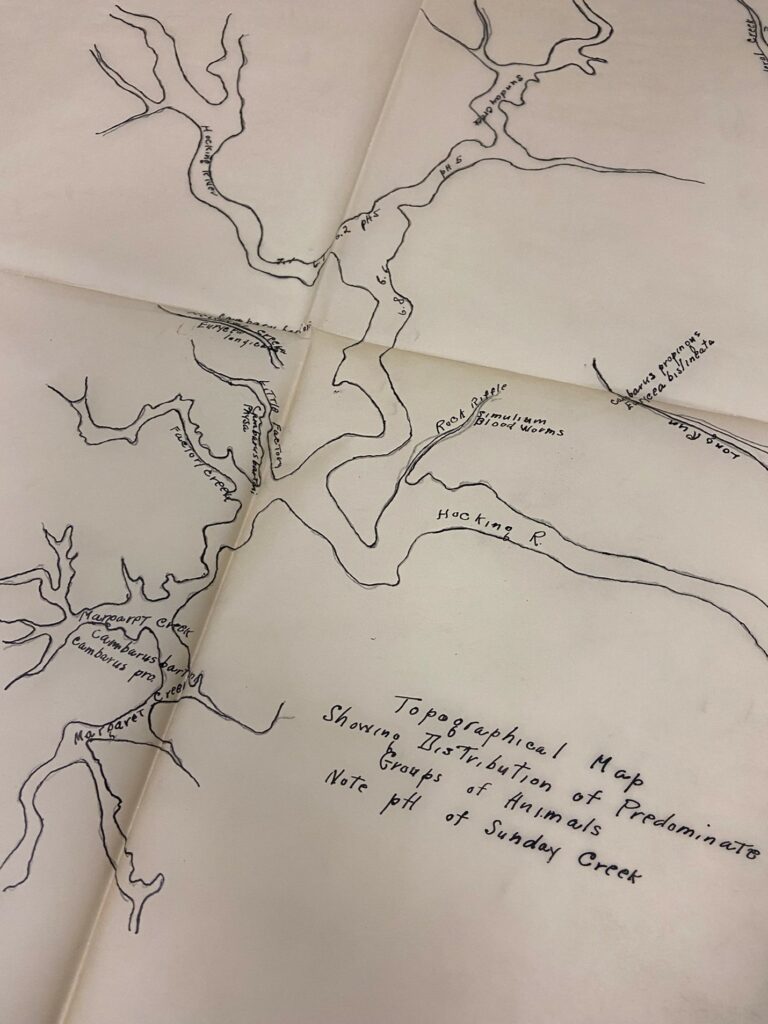
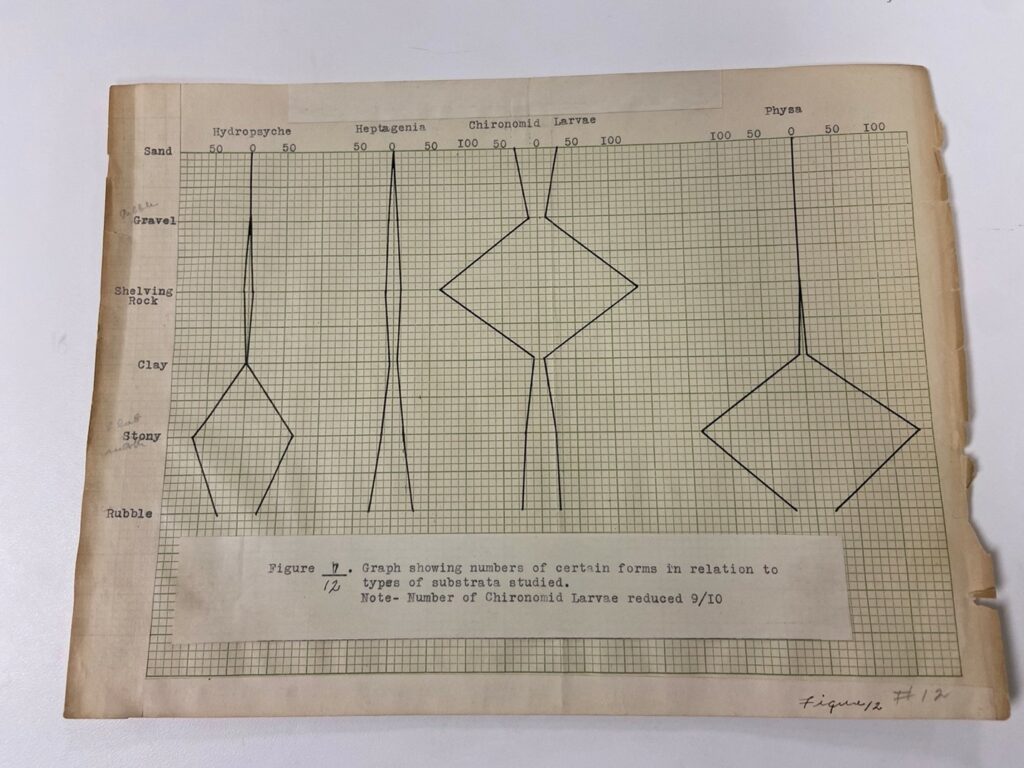
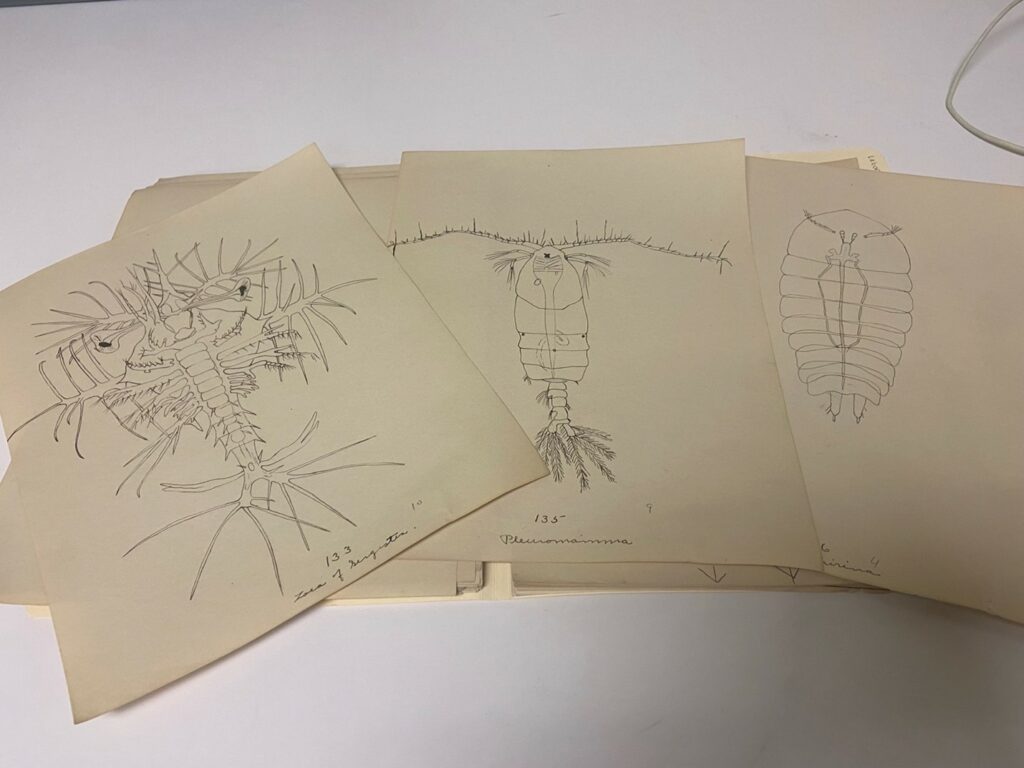
After finishing up with this first collection, I moved on to the Romoser collection, which had been donated to the archives in a large, plastic container by Dr. Romoser’s widow, Margaret Romoser. At the top of the pile were a few folders of micrographs and published works, mostly from Dr. Romoser’s work with mosquitoes. However, the rest of the box contained clear slide protector sheets, many small boxes and envelopes, and a large metal container, all filled with photo slides. I looked at every single slide multiple times each as I went through all of the slides, sorting them into science and non-science categories.
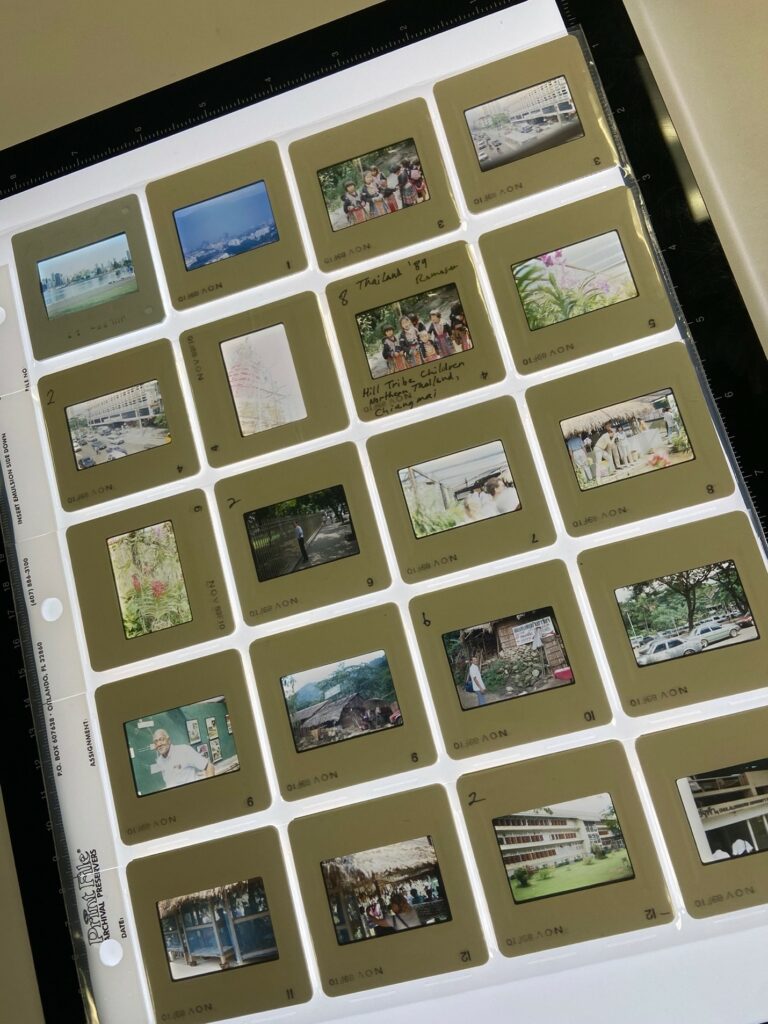
The science slides mostly consisted of pictures of Dr. Romoser’s travels to other countries such as Thailand, Ecuador, and Kenya, to study mosquitoes and their relationship to tropical diseases. I appreciated these slides the most as they allowed me to get a glimpse into casual, everyday life in these places far from home, combining both tourism and science into one collection. The micrographs and published work were also interesting to look at, although I am not that familiar with mosquitoes. Dr. Romoser’s work is an important historical stepping stone in understanding how to combat tropical disease in countries around the world, and this collection provides a broad overview of his many scientific endeavors in the United States and abroad.
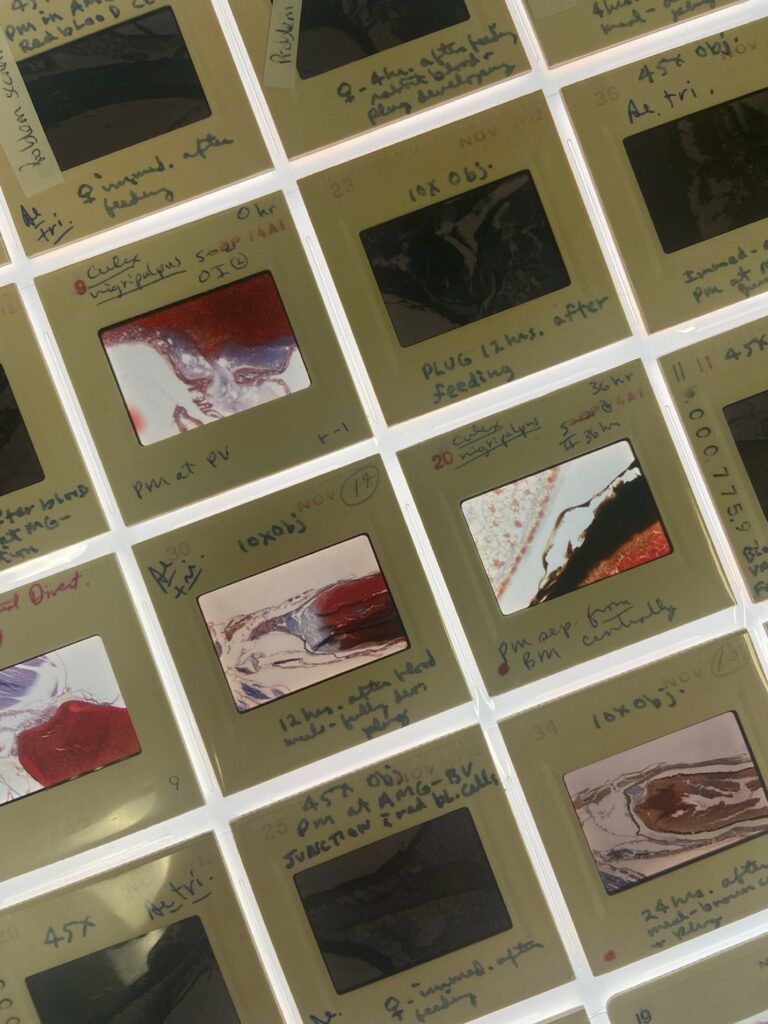
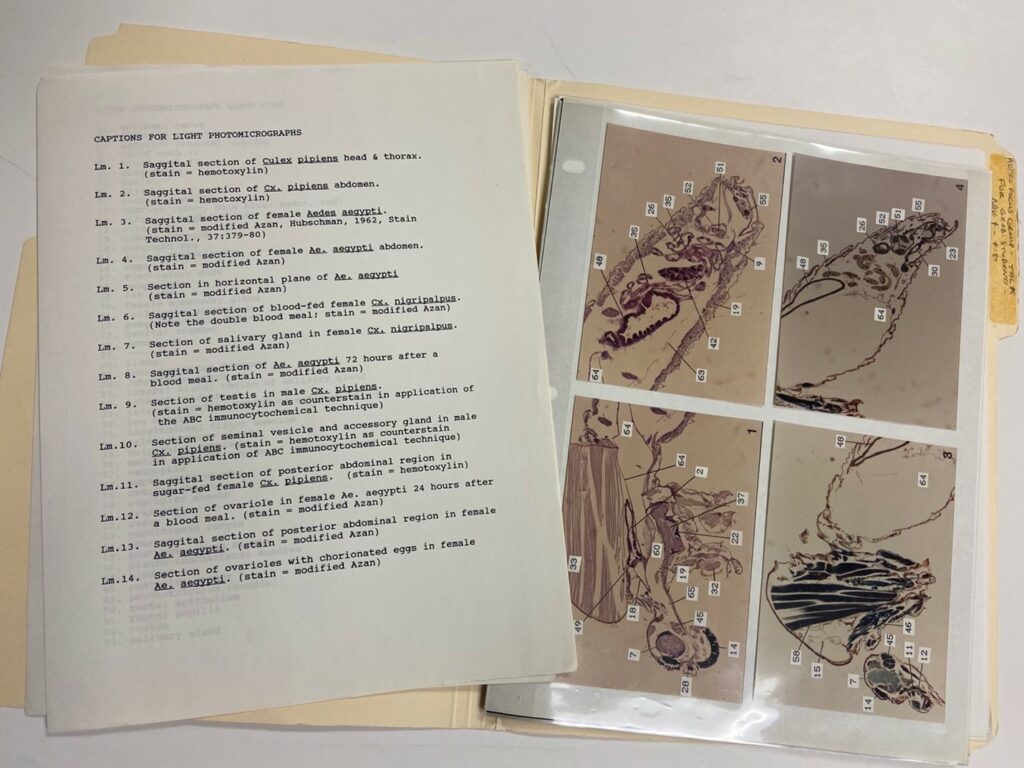
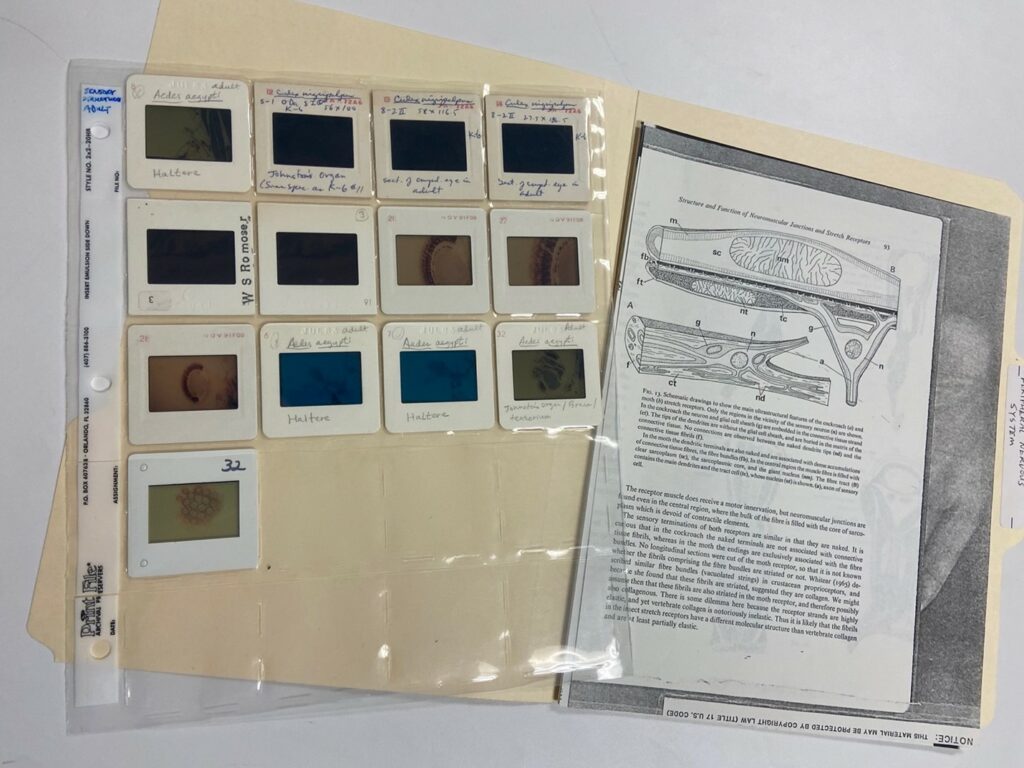
I am very glad that I got the opportunity to work on these collections of science-related materials. I did not feel out of place as a biology major doing archiving work, and I enjoyed the opportunity to create sensible order out of boxes full of raw, primary source materials. During the second part of the semester, sorting and rearranging over 1,000 slides took up several hours of my time as an intern. But seeing that the result is much more orderly and easier to understand than it was before I processed it, makes me feel like I accomplished something useful – and hopefully I have made the materials more easily accessible to others in the future. I am very grateful for the experience that I have gotten while working in the Mahn Center over the course of this semester, not only in learning about science, but, also, in learning about archiving, as it is an experience that will be useful to me no matter what I do in the future.